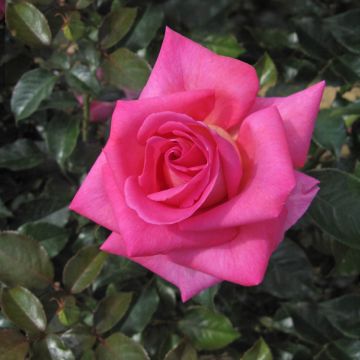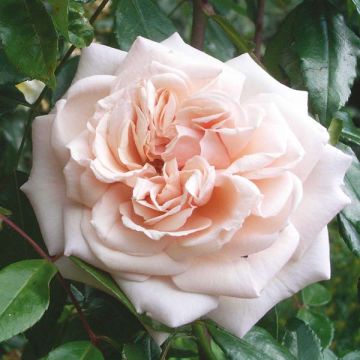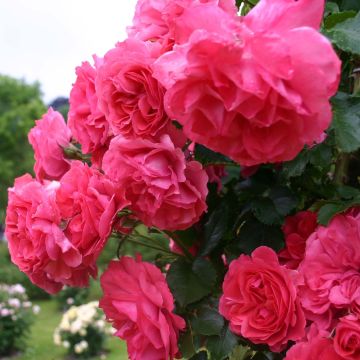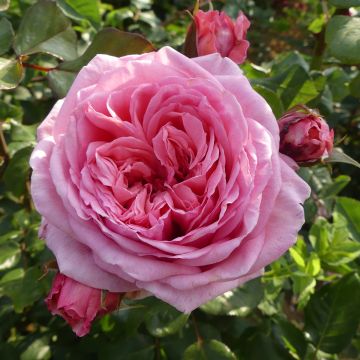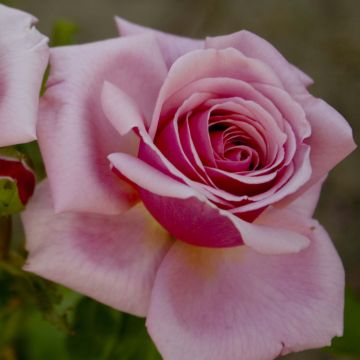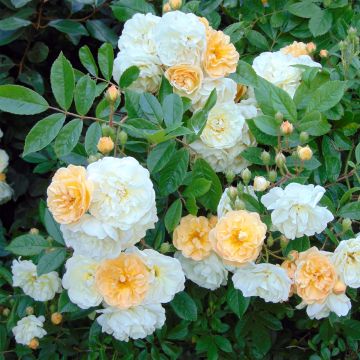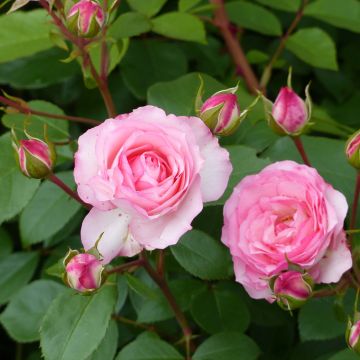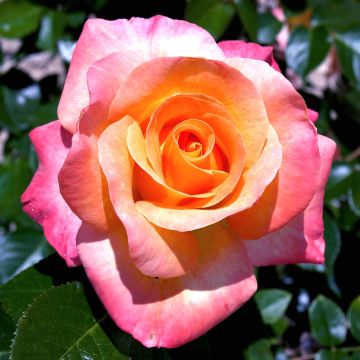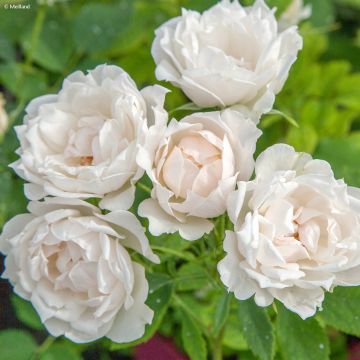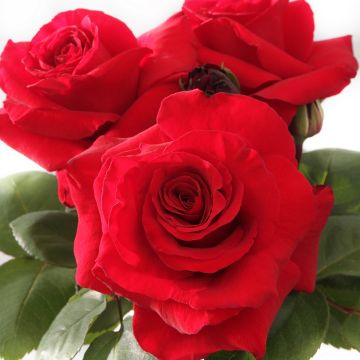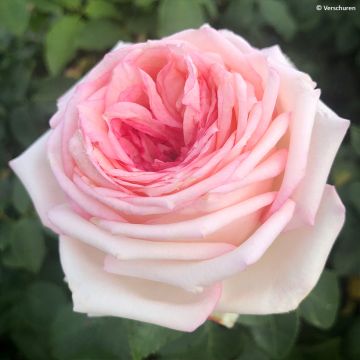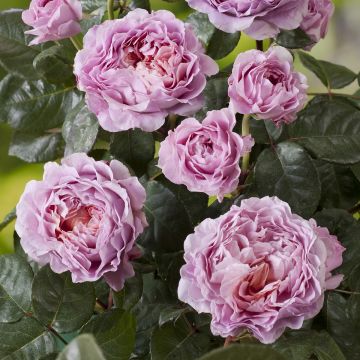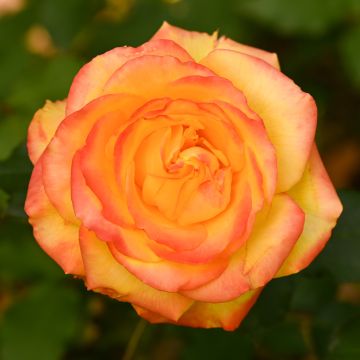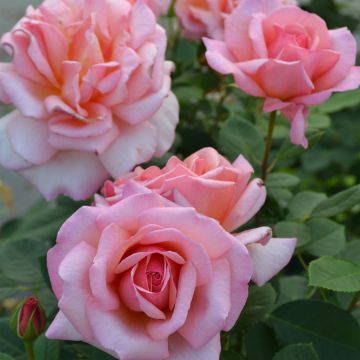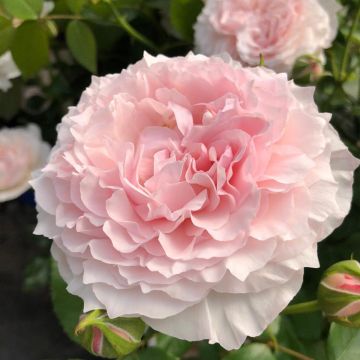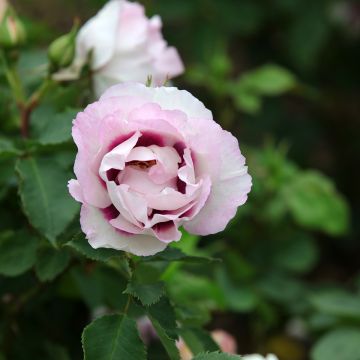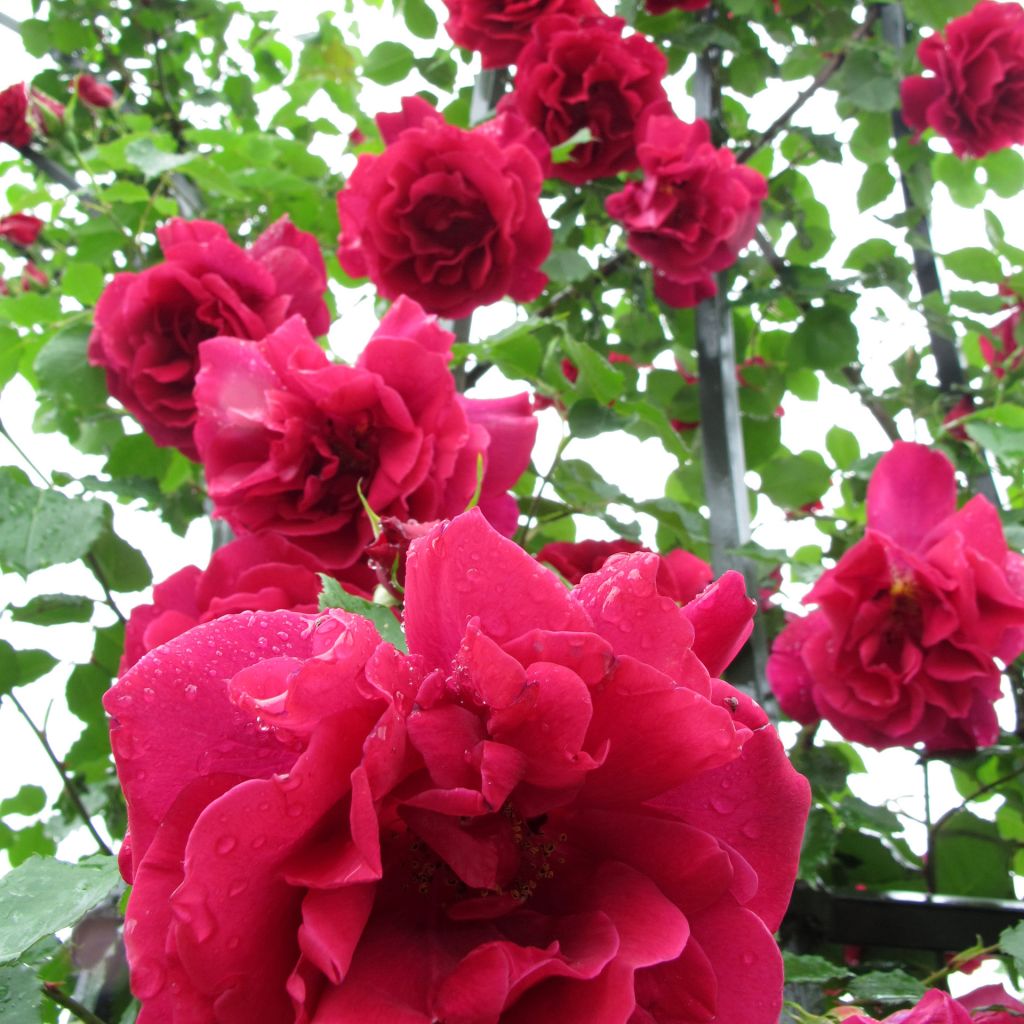

Rosa 'Etoile de Hollande' - Climbing Rose
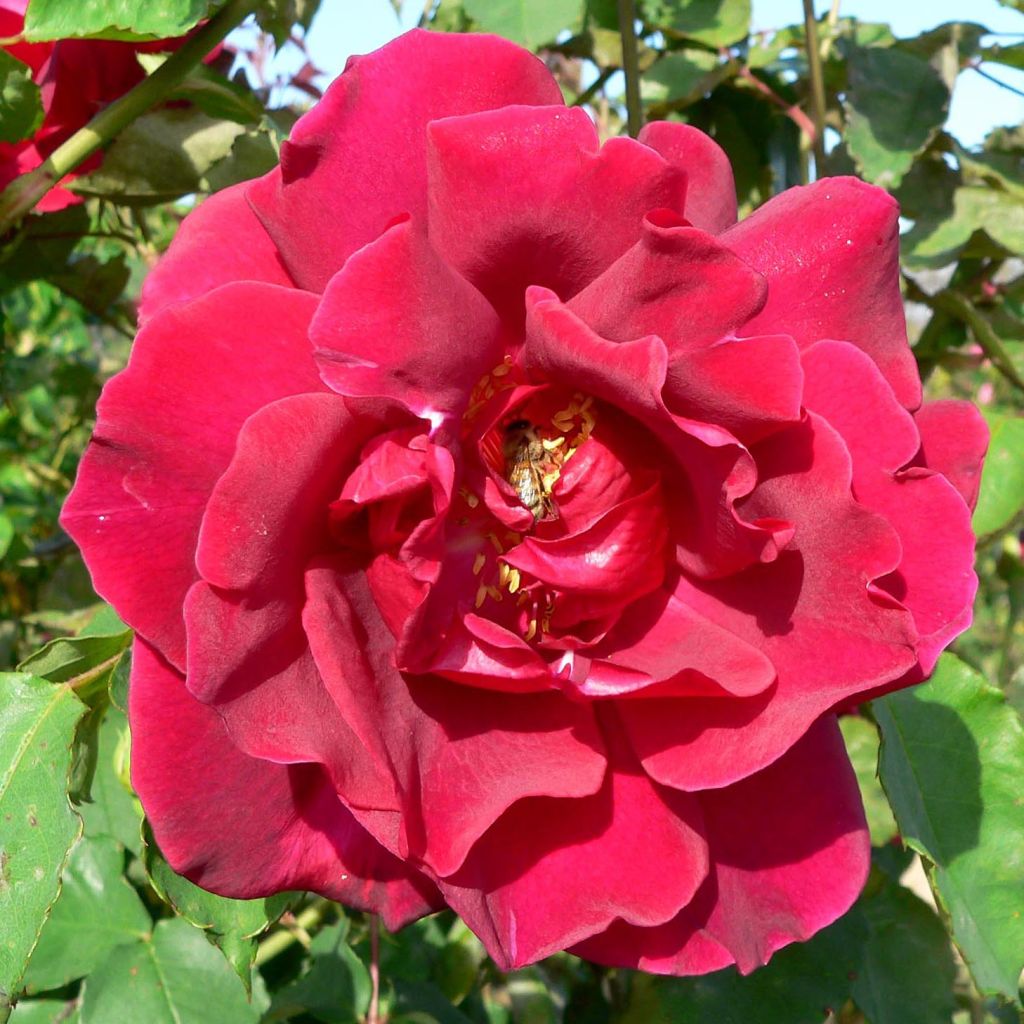

Rosa 'Etoile de Hollande' - Climbing Rose
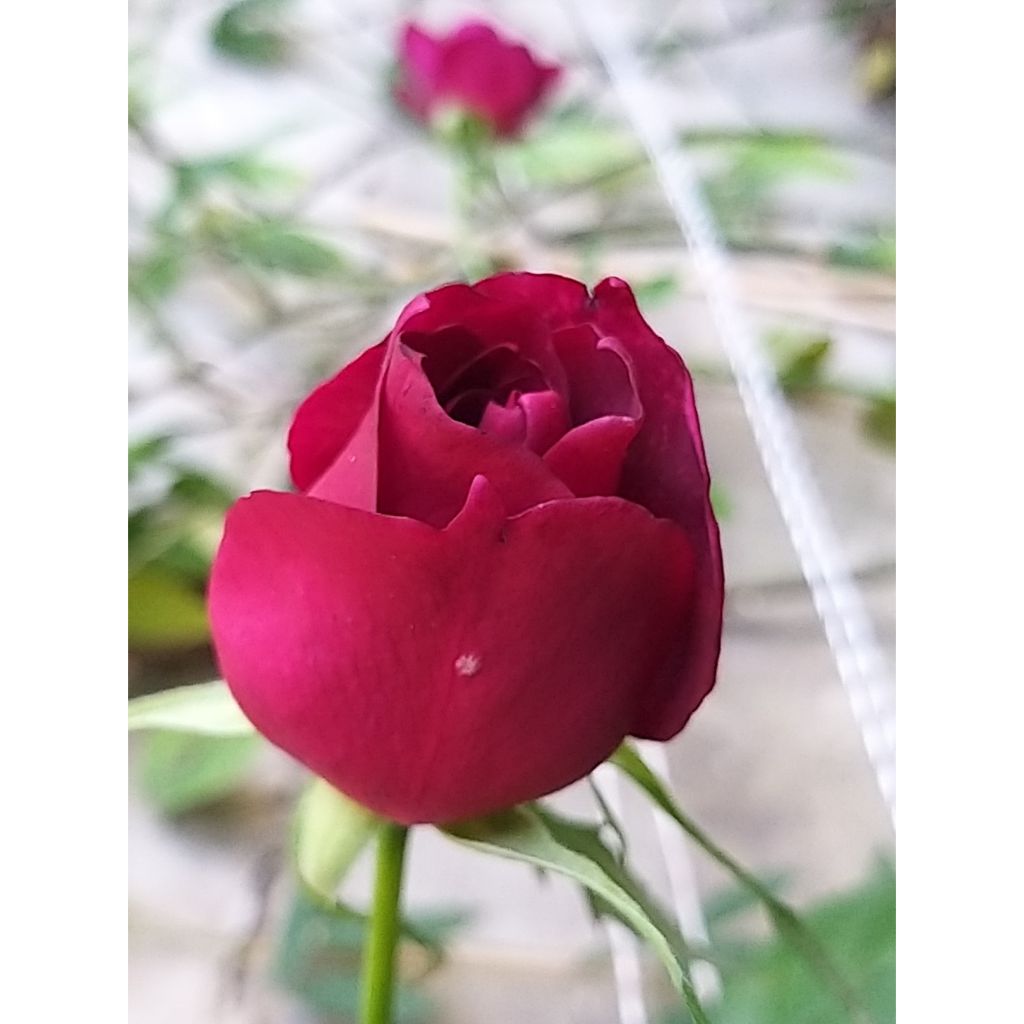

Rosa 'Etoile de Hollande' - Climbing Rose
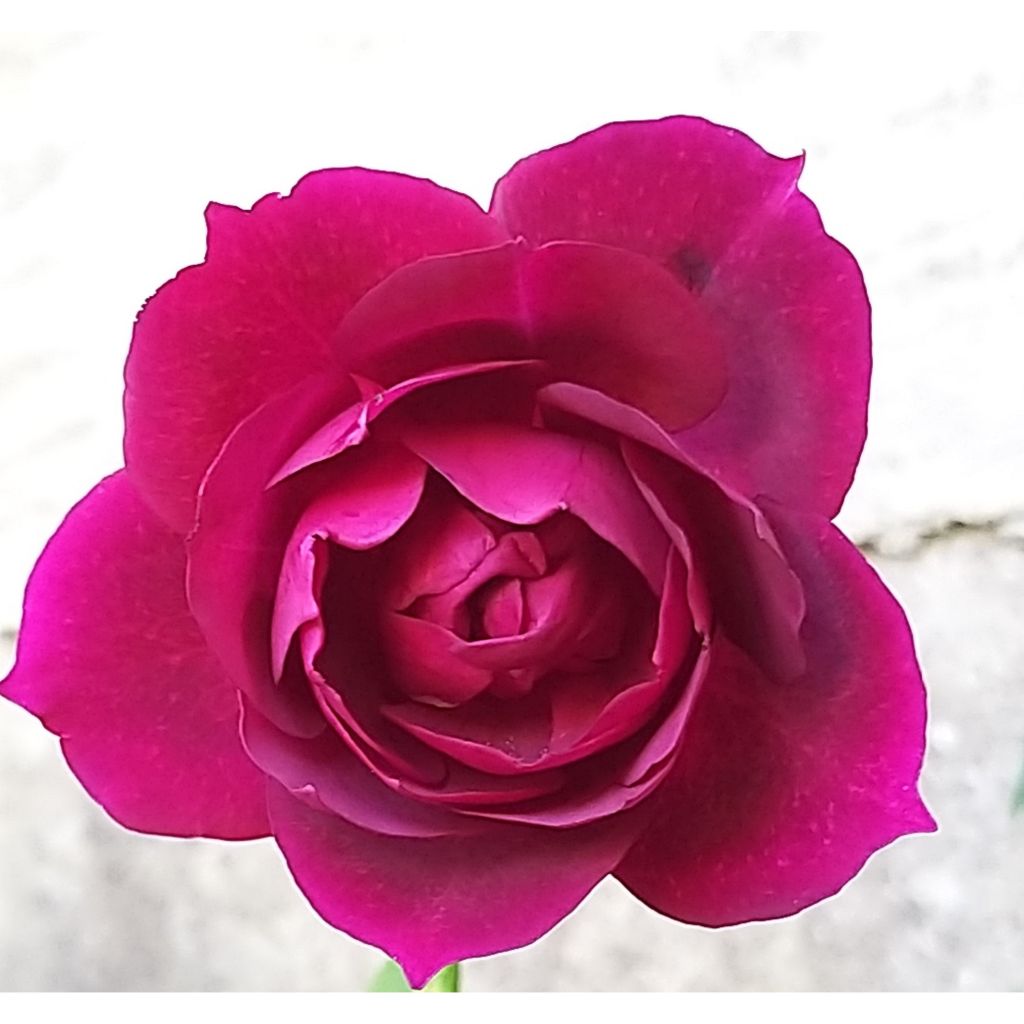

Rosa 'Etoile de Hollande' - Climbing Rose
Rosa 'Etoile de Hollande' - Climbing Rose
Rosa Etoile de Hollande®
This item cannot be shipped to the selected country
Delivery charge from €5.90
Delivery charge from €5.90
Delivery to Corse prohibited
More information
Schedule delivery date,
and select date in basket
This plant carries a 24 months recovery warranty
More information
We guarantee the quality of our plants for a full growing cycle, and will replace at our expense any plant that fails to recover under normal climatic and planting conditions.
From €5.90 for pickup delivery and €6.90 for home delivery
Express home delivery from €8.90.
From €5.90 for pickup delivery and €6.90 for home delivery
Express home delivery from €8.90.
Delivery to Corse prohibited: UE law prohibits the import of this plant from mainland France to Corse as part of the fight against Xylella fastidiosa. Please accept our sincere apologies.
More information

Does this plant fit my garden?
Set up your Plantfit profile →
Description
The 'Etoile de Hollande' Rose perfectly embodies the pergola rose and remains a reference in its category despite being somewhat susceptible to diseases. Its main asset is its scarlet flowers' powerful and enchanting fragrance, which sometimes bloom as early as the end of April in a sheltered location. It vigorously produces long, flexible stems that are easy to train and offers an abundance of large, double flowers that are not overly extravagant but beautiful in their imperfection under a robe of intensely velvety crimson red. It should be placed near a window or on the pergola that tops the terrace to enjoy its superb red rose perfume fully.
The climbing rose 'Etoile de Hollande', discovered in 1931 by Mathias Leenders, is part of the complex family of old Tea hybrids, also known as large-flowered roses. It is the climbing version of a famous Dutch creation by Vershuren dating back to 1919. The Royal Horticultural Society awarded this variety in England for its ornamental qualities and performance in the garden. It is a woody climbing rose with strong vigour. It has a flexible habit and thorny stems, often reaching 5m (16ft) in height with a 2m (7ft) spread, depending on growing conditions. Its large, glossy, dark green foliage is quite susceptible to diseases and often sparse. The flowering is early and recurrent. The plant blooms abundantly from the end of April or early May and sporadically during the summer. The autumn flowering in September-October is abundant as long as the soil remains moist. Its roses are 10 to 12 cm (4 to 5in) wide, usually solitary and slightly loose, composed of 26 to 40 petals of a brilliant red, revealing a bright yellow stamen heart late. Their fragrance is exceptional.
Red climbing roses that are fragrant and repeat flowering are rare enough to be sought after and appreciated at their true value. Always spectacular, they are exceptional under the intense light of hotter climates, making pastel flower lovers enjoy red flowers. These roses deserve to be placed not far from the house, on a wall exposed to the morning sun, on a tree, or on a large and sturdy structure to support the weight of their flowering. They allow for sumptuous decorations throughout the summer and require relatively little maintenance, except for regular watering in summer during periods of high heat and prolonged drought. Mix or combine them with easy-to-grow large-flowered clematis such as 'Etoile Violette', 'Prince Charles', or 'Broughton Star'. They are good companions for phlox paniculata, delphiniums, foxgloves, catmints, and tall baby's breath.
Report an error about the product description
Rosa 'Etoile de Hollande' - Climbing Rose in pictures
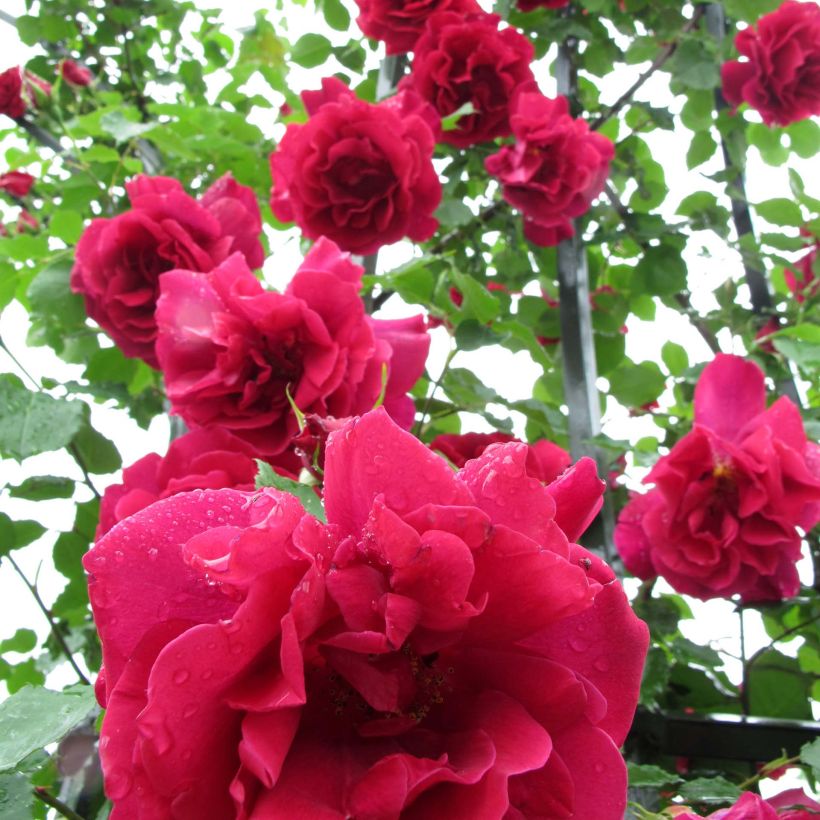

Plant habit
Flowering
Foliage
Botanical data
Rosa
Etoile de Hollande®
Rosaceae
Cultivar or hybrid
Rosa canina Laxa (4L/5L pot, Wrapped bare root)
Other Climbing Roses
Planting and care
Plant the 'Etoile de Hollande' rose from November to March in ordinary, well-loosened and drained soil. Roses prefer clayey soils, rather heavy than light. In soil that is too sandy, compact, or dry in summer, it is preferable to dig well-rotted manure or compost at the bottom of the planting hole. However, this rose dreads waterlogged soils in winter. Place it in a sunny location or, at most, in partial shade. Roses are greedy plants so a specific fertiliser will be beneficial at the start of vegetation and regularly during the flowering period. To encourage repeat flowering, regularly remove faded flowers. Floribunda rose varieties are more vigorous and more floriferous than large-flowered rose varieties. Therefore, at the end of winter, the stems will be pruned back by about a quarter of their length (from 4 to 6 buds from the base of the stem). Always prune above an outward-facing bud so the bush can bush out and the branches do not get tangled in the centre of the canopy.
Roses are often blemished or discoloured by the end of summer, but this does not affect their growth. Such marks are natural and pose no threat to the rose.
Planting period
Intended location
Care
-
, onOrder confirmed
Reply from on Promesse de fleurs
Roses by purpose
Haven't found what you were looking for?
Hardiness is the lowest winter temperature a plant can endure without suffering serious damage or even dying. However, hardiness is affected by location (a sheltered area, such as a patio), protection (winter cover) and soil type (hardiness is improved by well-drained soil).

Photo Sharing Terms & Conditions
In order to encourage gardeners to interact and share their experiences, Promesse de fleurs offers various media enabling content to be uploaded onto its Site - in particular via the ‘Photo sharing’ module.
The User agrees to refrain from:
- Posting any content that is illegal, prejudicial, insulting, racist, inciteful to hatred, revisionist, contrary to public decency, that infringes on privacy or on the privacy rights of third parties, in particular the publicity rights of persons and goods, intellectual property rights, or the right to privacy.
- Submitting content on behalf of a third party;
- Impersonate the identity of a third party and/or publish any personal information about a third party;
In general, the User undertakes to refrain from any unethical behaviour.
All Content (in particular text, comments, files, images, photos, videos, creative works, etc.), which may be subject to property or intellectual property rights, image or other private rights, shall remain the property of the User, subject to the limited rights granted by the terms of the licence granted by Promesse de fleurs as stated below. Users are at liberty to publish or not to publish such Content on the Site, notably via the ‘Photo Sharing’ facility, and accept that this Content shall be made public and freely accessible, notably on the Internet.
Users further acknowledge, undertake to have ,and guarantee that they hold all necessary rights and permissions to publish such material on the Site, in particular with regard to the legislation in force pertaining to any privacy, property, intellectual property, image, or contractual rights, or rights of any other nature. By publishing such Content on the Site, Users acknowledge accepting full liability as publishers of the Content within the meaning of the law, and grant Promesse de fleurs, free of charge, an inclusive, worldwide licence for the said Content for the entire duration of its publication, including all reproduction, representation, up/downloading, displaying, performing, transmission, and storage rights.
Users also grant permission for their name to be linked to the Content and accept that this link may not always be made available.
By engaging in posting material, Users consent to their Content becoming automatically accessible on the Internet, in particular on other sites and/or blogs and/or web pages of the Promesse de fleurs site, including in particular social pages and the Promesse de fleurs catalogue.
Users may secure the removal of entrusted content free of charge by issuing a simple request via our contact form.
The flowering period indicated on our website applies to countries and regions located in USDA zone 8 (France, the United Kingdom, Ireland, the Netherlands, etc.)
It will vary according to where you live:
- In zones 9 to 10 (Italy, Spain, Greece, etc.), flowering will occur about 2 to 4 weeks earlier.
- In zones 6 to 7 (Germany, Poland, Slovenia, and lower mountainous regions), flowering will be delayed by 2 to 3 weeks.
- In zone 5 (Central Europe, Scandinavia), blooming will be delayed by 3 to 5 weeks.
In temperate climates, pruning of spring-flowering shrubs (forsythia, spireas, etc.) should be done just after flowering.
Pruning of summer-flowering shrubs (Indian Lilac, Perovskia, etc.) can be done in winter or spring.
In cold regions as well as with frost-sensitive plants, avoid pruning too early when severe frosts may still occur.
The planting period indicated on our website applies to countries and regions located in USDA zone 8 (France, United Kingdom, Ireland, Netherlands).
It will vary according to where you live:
- In Mediterranean zones (Marseille, Madrid, Milan, etc.), autumn and winter are the best planting periods.
- In continental zones (Strasbourg, Munich, Vienna, etc.), delay planting by 2 to 3 weeks in spring and bring it forward by 2 to 4 weeks in autumn.
- In mountainous regions (the Alps, Pyrenees, Carpathians, etc.), it is best to plant in late spring (May-June) or late summer (August-September).
The harvesting period indicated on our website applies to countries and regions in USDA zone 8 (France, England, Ireland, the Netherlands).
In colder areas (Scandinavia, Poland, Austria...) fruit and vegetable harvests are likely to be delayed by 3-4 weeks.
In warmer areas (Italy, Spain, Greece, etc.), harvesting will probably take place earlier, depending on weather conditions.
The sowing periods indicated on our website apply to countries and regions within USDA Zone 8 (France, UK, Ireland, Netherlands).
In colder areas (Scandinavia, Poland, Austria...), delay any outdoor sowing by 3-4 weeks, or sow under glass.
In warmer climes (Italy, Spain, Greece, etc.), bring outdoor sowing forward by a few weeks.


































